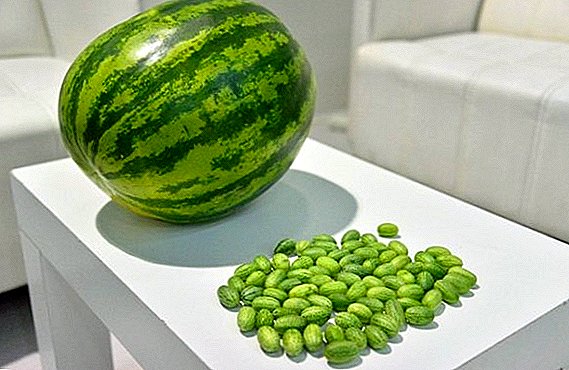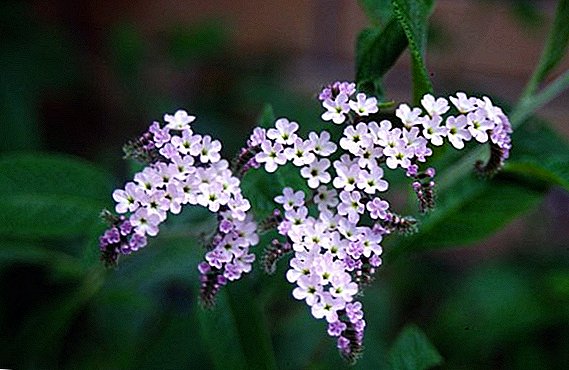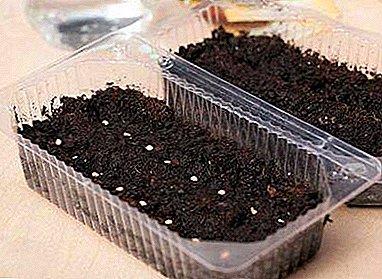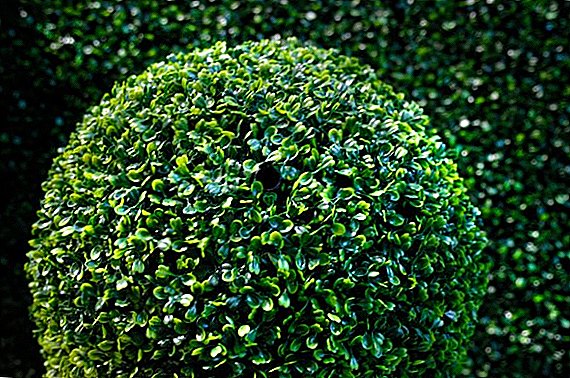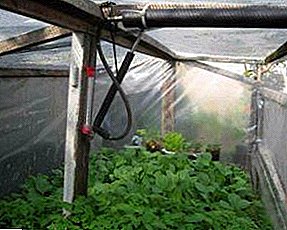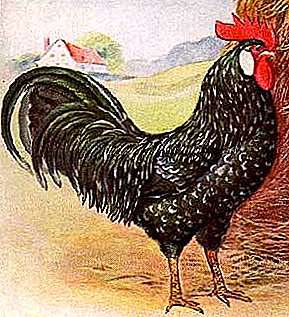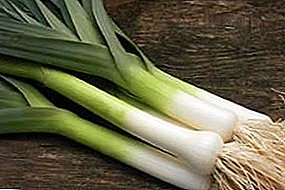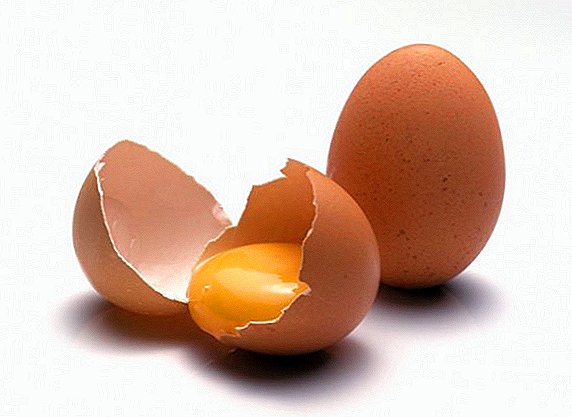 An egg is a complex of albumen and yolk protected from external influence by shells or an oval-shaped shell, from which an embryo of birds or some animals is formed. We always see these components when we eat eggs in any form. But there are other components, without which the birth of a new life is impossible. They can not always be seen with the naked eye. And even if they are visible, we do not attach importance to them, because they absolutely do not affect the taste of the product.
An egg is a complex of albumen and yolk protected from external influence by shells or an oval-shaped shell, from which an embryo of birds or some animals is formed. We always see these components when we eat eggs in any form. But there are other components, without which the birth of a new life is impossible. They can not always be seen with the naked eye. And even if they are visible, we do not attach importance to them, because they absolutely do not affect the taste of the product.
The chemical composition of the egg
The whole egg without shell contains:
- water - 74%;
- dry matter - 26%;
- proteins (proteins) - 12.7%;
- fats - 11.5%;
- carbohydrates - 0.7%;
- ash (mineral substances) - 1.1%.
Find out whether chicken eggs are good, whether you can drink raw eggs, freeze eggs, which categories are divided into eggs and how many eggs weigh.
Egg structure
All components in the structure of the egg play an important role in the development of a new life. The yolk feeds the embryo, the air chamber is responsible for the delivery of oxygen, and the shell protects the future chick from the outside world. In more detail about the role of each component of the eggs, we describe below.  Chicken egg structure
Chicken egg structure
Shell
This is the outer, most solid, protective shell. It is almost 95% calcium carbonate. Its main function is the protection of internal components from the negative influence of the external environment. When we clean an egg from the shell, it seems that it is smooth and whole. This is not so: it is dotted with microscopic pores through which air exchange and humidity control take place.
Important! If the shell is damaged during the process of incubation of the egg, the embryo will die.
The shell contains:
- water - 1.6%;
- dry substances - 98.4%;
- protein - 3.3%;
- ash (mineral substances) - 95.1%.

Lip warp
The membrane shell is a two-layer, consists of interwoven organic fibers. At the stage of egg formation, this shell sets its shape, and already after it the shell forms. At the blunt end of the egg, the shell layers are separated and a cavity filled with gas (oxygen) is formed between them.
Air chamber
The cavity filled with gas, between the two layers of the membrane shell, is the air chamber. It forms when a hen breaks an egg. It contains the amount of oxygen that the germ needs during the entire incubation period.
Did you know? Another name for the cord - Chalaz. It comes from the Greek word "χάλαζα", which means "knot".
Cord
This is a kind of umbilical cord, which fixes the yolk in a certain position (in the center of the protein). Located on both sides of the yolk. Formed from 1 or 2 spiral strips of tissue. Through the cord, the embryo is fed from the yolk. 
Yolk sheath
This is a kind of transparent layer that forms the egg itself at the stage of its development. Serves as a source of nutrients for the embryo in the first 2-3 days of incubation.
Yolk
It is a set of nutrients that accumulate in the egg cell of an animal in the form of grains or plates, sometimes merging into a single mass. If you carefully examine the raw yolk, then you can see the alternation of dark and light layers. The dark layers contain mostly solids. In the first days of development, the embryo receives not only nutrients from the yolk, but also oxygen.
Read also about why chickens lay eggs with green yolk.
The yolk contains:
- water - 48.7%;
- dry substances - 51.3%;
- proteins - 16.6%;
- fats - 32.6%;
- carbohydrates - 1%;
- ash (mineral substances) - 1.1%.

Protein
Protein density is different in different places. The thinnest layer envelops the yolk. It is a rope. Next comes a thick layer of liquid protein, which is the source of nutrition for the embryo at the initial stage. The next layer is more dense. It feeds the embryo in the second stage and performs protective functions, not allowing the future chick to contact with the shell.
Protein contains:
- water - 87.9%;
- dry substances - 12.1%;
- proteins - 10.57%;
- fat 0.03%;
- carbohydrates - 0.9%;
- ash (mineral substances) - 0.6%;
- ovoalbumin - 69.7%;
- ovoglobulin - 6.7%;
- conalbumin - 9.5%;
- ovomucoid proteins - 12.7%;
- ovomucins - 1.9%;
- lysozyme - 3%;
- Vitamin B6 - 0.01 mg;
- Folacin - 1.2 mcg;
- Riboflavin - 0.56 mg;
- Niacin - 0.43 mg;
- Pantothenic acid - 0.30 mg;
- Biotin - 7 mcg.

Germ Disk
Another name is blastodisc. It is an accumulation of cytoplasm on the surface of the yolk. With it begins the birth of a chicken. The density of the clot is less than the density of the entire yolk, which allows it to be at the top all the time (closer to the heat source, the layer).
Cuticle
Non-mineral coating on top of the shell, formed in the cloaca and performing protective functions. This layer does not allow infections, moisture and gases to get inside.
Important! In order for a purchased egg to last much longer, try not to damage the cuticle.
As you can see, our usual food product has a much more complex structure than we could have imagined. Even the most seemingly insignificant element performs important functions in the process of the birth of a new life.


